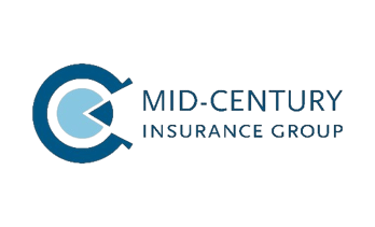📧 Email: info@mciins.com 📞 Phone: 813-336-6800 📍Location: Tampa, FL
Decoding Policy Jargon: Aggregate Limits
Overview of Policy Limits
5/6/2025
Your commercial insurance policy has “aggregate limits” on how much the insurance company will pay during the policy’s term. If you suffer multiple calamities in a short time, you could run out of coverage.
Aggregate limits apply to any insurance policies you have. Understanding the risks involved in your operations and how long you could be held liable for them is essential. An online business may worry less about bodily injury risks than, say, a restaurant would, but more about defamation and media liability lawsuits. You’ll need limits and aggregate limits that serve your risk exposures.
What’s the difference between an aggregate limit and a policy limit?
A policy limit is the maximum amount the insurance company will pay for a single claim. It’s called the “per occurrence” limit.
An aggregate limit is the maximum your insurance company will pay for all losses during a single policy term. It’s also called the “lifetime limit” for your policy term. Every time you renew your policy, your aggregate limits reset.
How aggregates are calculated
Calculating an aggregate limit depends on your business’s risk rating. Insurance companies use your risk management practices and claims history to price your policy. This affects how much coverage you can buy and for what price. If you have a lot of claims and a flawed risk profile, you’ll pay more for coverage.
You can buy higher aggregate limits, but the price will depend on your business type and claims history.
Legal fees and limits
Legal fees come out of your aggregate limits. The more time you spend in court, the more your aggregate is drained. This is called “inside the limits” defense coverage. “Outside the limits” defense coverage means your defense costs don’t erode your policy limits.
Different types of aggregate limits
The general aggregate limit is the maximum your policy will pay for all covered losses. Here are some other types of aggregate limits:
Products-completed operations aggregate. This limit applies to products or works that cause damage or injury after you’ve completed the project or sale.
Per-project aggregate. If you undertake multiple projects yearly, a separate aggregate limit applies to each project. This affects occupations like engineers, architects and contractors.
Per-location aggregate. If you have multiple locations, an individual aggregate limit on each location could help based on the operational risks at each location.
How aggregate limits affect coverage
Suppose you have a business owners policy (BOP) with a $1,000,000 aggregate limit. A BOP is a bundle of coverages most businesses use, including property, business interruption and general liability insurance.
Property insurance covers damage to property, including buildings, equipment, inventory and furniture.
Business interruption insurance replaces income if a business can’t operate because of damage caused by a covered event, like a fire.
General liability insurance covers a company’s legal responsibility for the unintentional harm it causes customers. General liability harm includes bodily injury, property damage, and personal and advertising injury.
Your policy term is one year. All the claims you have within that year count against your aggregate limit.
Mid-Century Insurance Group
Mid-Century Insurance Group offers a comprehensive range of coverage options to meet both personal and commercial needs, as well as specialized insurance beyond flood, life, and health.
CONTACT US:
EMAIL: info@mciins.com
CALL: 813-336-6800
www.mciins.com © 2025. All rights reserved.
Location: Tampa, FL
